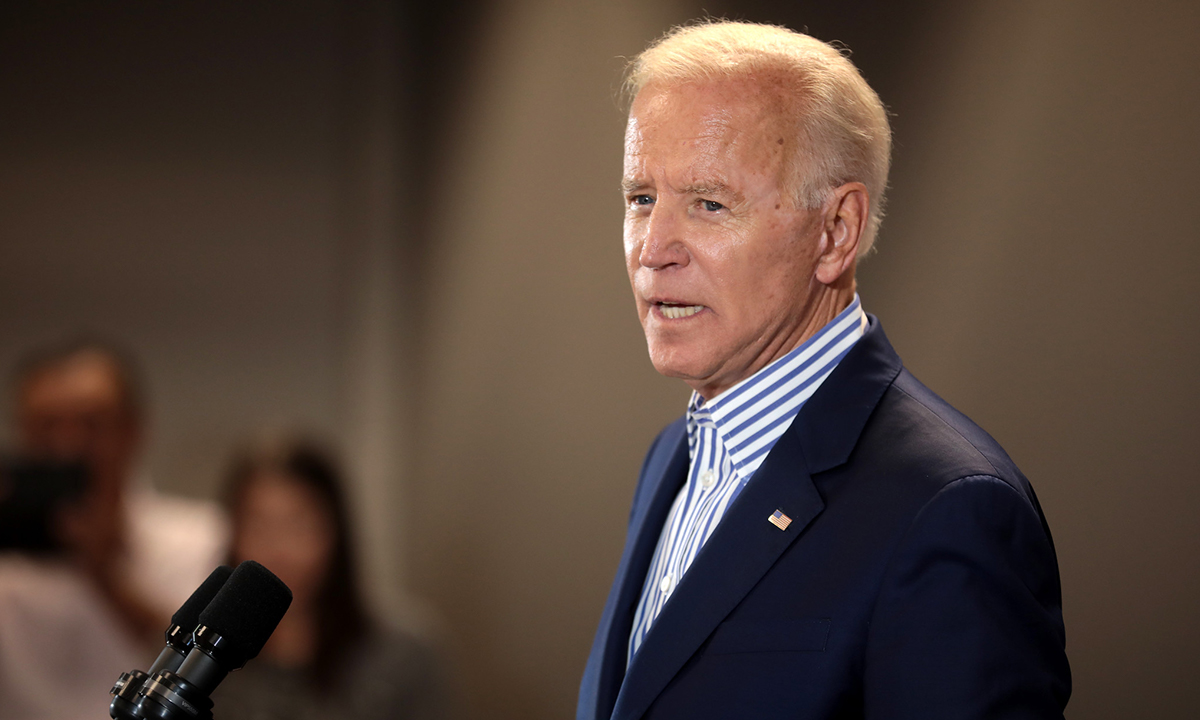

Bidenomics is an ambitious pro-growth policy agenda facilitated by an estimated $4 trillion financing plan (approximately 1.5% of GDP) and changes to various business activity incentives. Like every significant fiscal platform enacted this century, its future hinges on election outcomes. This includes Biden’s ability to secure 51 votes in the Senate, which will enable him to use the expedited budget reconciliation process to advance his spending and revenue policies. Unlike 2017 and 2001 GOP programs, Biden wants to raise rather than cut taxes.
Tax Policy Center (TPC) analysis estimates that the 99th percentile of taxpayers would bear about 75% of the increases. Incomes over $400,000 would see the biggest tax increases; nearly all of the additional revenue (93%) would come from households making $170,000 or more. Biden would raise the corporate rate to 28% from the current 21% rate enacted in President Trump’s 2017 plan. Social Security income caps would be lifted to $400,000 from the existing level of $137,700. Additional revenue would come from increasing taxes on profits of U.S.-based multinationals’ foreign subsidiaries, limiting the value of higher-income itemized deductions, adjusting tax rates on capital gains and dividends, and eliminating real estate industry tax preferences.
In 2019, Biden’s vice-presidential running mate, Senator Harris (D-CA) introduced legislation to augment the existing Earned Income Tax Credit with annual income tax credits of $6,000 for married couples and $3,000 for single filers. The Livable Incomes for Families Today (LIFT) proposal focuses on quick enrollment, providing the benefit to childless households as well as those with children, and a monthly credit. Lower income household advocates have long championed many of these ideas, but the $1.7 trillion ten-year TPC estimate would add nearly 50% to Biden’s tax proposal, testing the politics of redistribution next year even in a 2021 balance of power outcome favorable to Democrats.
Biden’s “Build Back Better” framework clearly favors labor over capital and wealth, focusing on working families. Acknowledging the economic drag COVID-19 imposes, he seeks to create a Public Health Jobs Corps. The plan also includes infrastructure spending as part of a “sustainable engines of growth” program targeted at boosting America’s manufacturing and cleaner energy industries. Biden also proposes housing and wage reforms to help further address the widening wealth gap between households of color and other Americans.
[D]uring my first term alone, we’ll invest $400 billion in purchasing products and materials our country needs to modernize our infrastructure, replenish our critical stockpiles and enhance national security.
Former Vice President Biden, July 9th
Small businesses and unions would benefit from a domestic supply chain proposal and protections for the right of workers to organize in Biden’s plan. The pandemic accelerated supply chain deliberations among public policy makers and business managers. New domestic supply chains for various industries is one trade topic for which we expect bipartisan support to grow. It won’t be a linear process as politicians learn more of the challenges involved in uprooting a system encouraged by trade deals struck in the past quarter century (WTO and NAFTA particularly). Biden’s push for more resilient and more domestic supply chains builds on House Majority Leader Hoyer’s (D-MD) “Build It In America” proposals unveiled a decade ago and refreshed in 2018.
The coronavirus complicates the G2 relationship. As trade and geopolitical policies continue to converge, value chain realities will take up increasing space in U.S. and other G10 industrial policy initiatives begun after the 2009/10 global recession. Biden’s support for union jobs in manufacturing, climate change mitigation, and infrastructure, along with rising tensions in the Trump/Xi relationship, indicate that irrespective of the U.S. elections outcome business decision makers will need fold these potential disruptions into their near- and intermediate-term planning.
Of the range of likely outcomes over the near term for the U.S. economy, most economic analysts anticipate subdued growth as the novel coronavirus dampens demand for the remainder of this year and in 2021. Policy rates are projected to stay closer to zero according to the views of every voting member of the Fed’s Open Market Committee. Biden’s plan to redistribute fiscal burdens and invest in working families is a gambit, which populist politics can help him enact if he wins in November and the Senate can produce those 51 crucial votes.